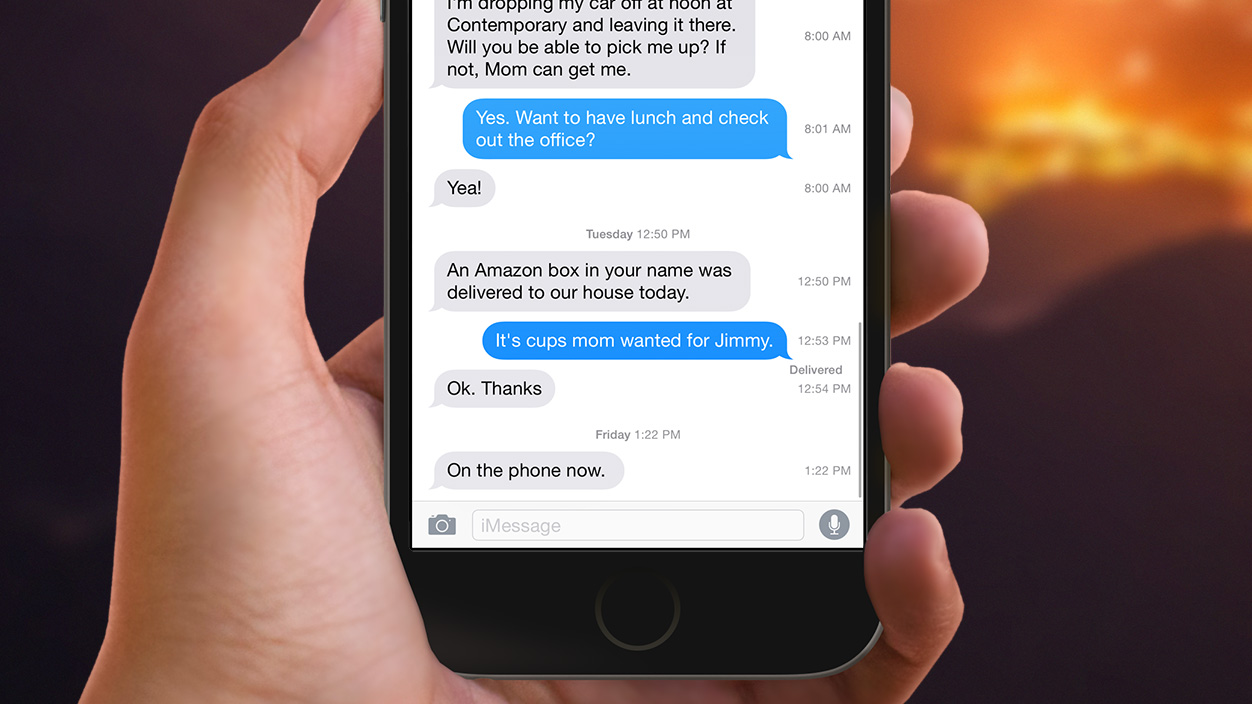

Click “Back Up Now” and wait for the process to complete.īackups can take a while to complete if they iPhone or iPad has significant storage capacity and has a lot of stuff on it, so just let that process complete.You’ll be asked to provide a password to allow you to decrypt the backup when the time comes, too. If you want to create an encrypted backup, select “Encrypt local backup.” This ensures the backup also includes sensitive data like keychain information and more.Click the “General” tab and then check the option “Back up all of the data on your to this Mac.” The next screen you will see should be immediately familiar because it’s very similar to iTunes.You’ll need to enter your passcode to authenticate on the iPhone or iPad itself. If it’s the first time you’ve used your device with this Mac, click the “Trust” button to allow it to connect.With a Finder window open, click your iPhone or iPad’s name in the sidebar.First, plug your iPhone or iPad device into your computer using a USB cable and open a Finder window by clicking its icon in the Dock.You’ll need a USB cable to complete an iOS or iPadOS backup to MacOS, beyond that it’s just a matter of performing the following operation: How to Back Up iPhone or iPad in macOS Ventura, Monterey, Big Sur, & Catalina with Finder Let’s run through backing up a device to MacOS this way. Backing up an iPhone or iPad works exactly how you might expect it to given that. Now, iPhones and iPads work just like any other external device that is plugged into a Mac, meaning they appear in the sidebar of a Finder window. Those apps handle playing back media that would previously have lived inside iTunes, but when it comes to managing iOS and iPadOS devices it’s down to Finder. As you may already know, when Apple released macOS Catalina and put iTunes out to pasture, they created the Music, Podcasts, and TV apps.


 0 kommentar(er)
0 kommentar(er)
